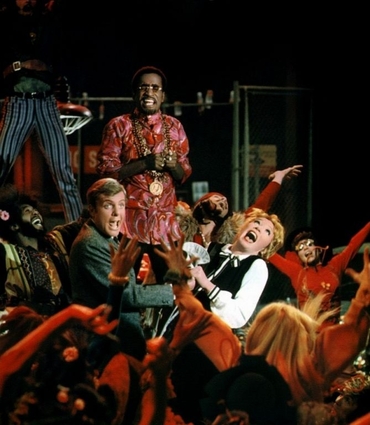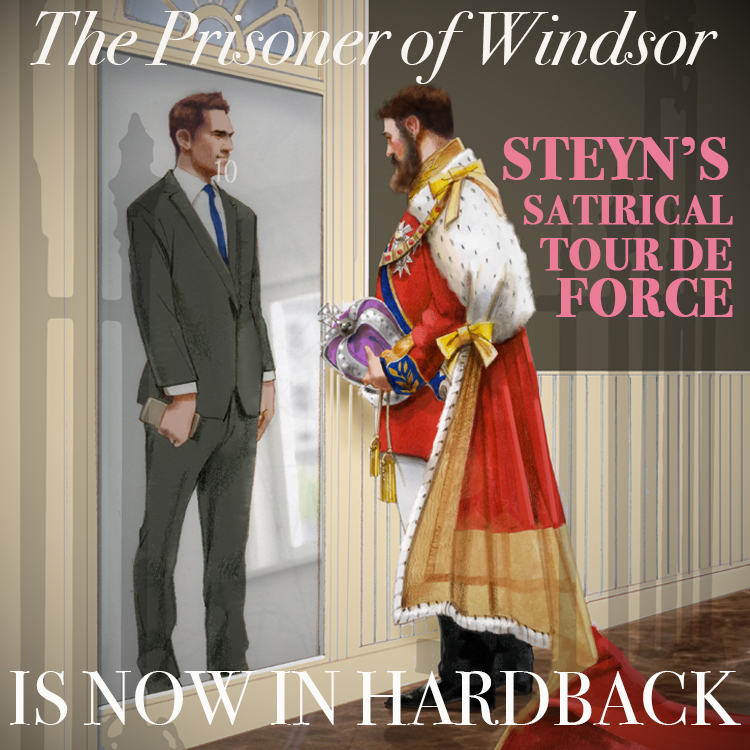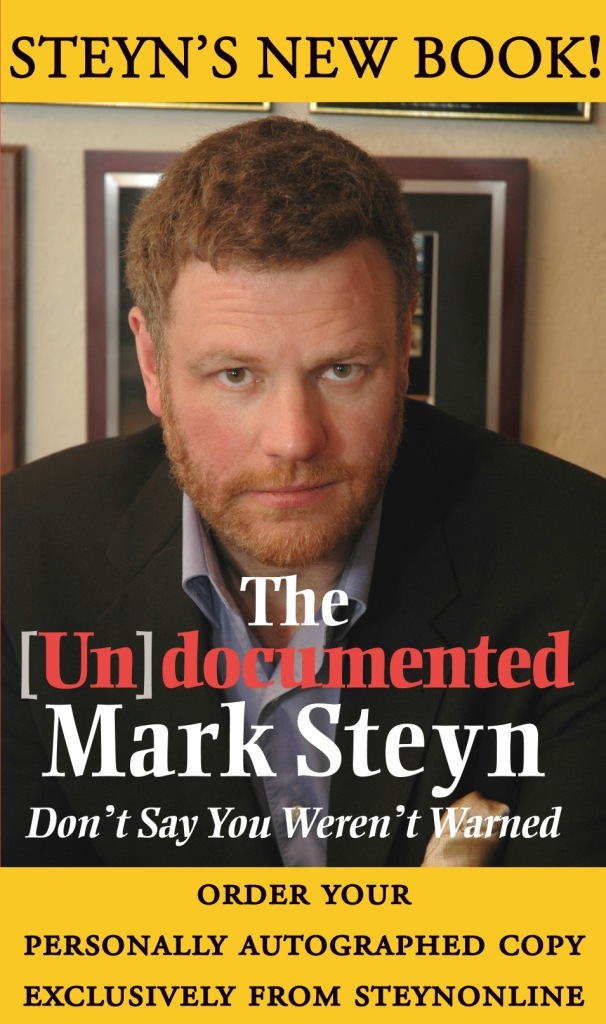Half-a-century ago this month - April 1969 - Bob Fosse began his career as a Hollywood director with Sweet Charity. It ended barely a decade later, and within the next both Fosse's Broadway bankability and then Fosse himself died too. Yet his name endures: Right now, the FX Network is halfway through a biodrama about him and (which he would have appreciated) with his name in the title - Fosse/Verdon, sharing billing with his missus and muse, Broadway's greatest dancer. Michelle Williams looks eerily like Gwen Verdon, at least from the side on the poster, although Sam Rockwell appears to me to be trying less for Fosse than for the last guy to play him on screen - Roy Scheider in All That Jazz. I had a very slight acquaintanceship with Fosse in his final years (when he seemed to me unhappy and frustrated) and a somewhat greater one with Gwen, who couldn't have been kinder and more generous to me. She had a taut, supple dancer's body, and told me that, after watching her in rehearsal on Redhead, the lyricist Dorothy Fields added a line for one of the songs - "Her posterior? Superior!" - of which Gwen was rather proud. I saw her in rehearsal late in life for a couple of TV things of mine she agreed to take part in, and can testify to how that couplet held up over the decades.
In the Sixties Broadway was the domain of the hyphenates: the choreographer-directors - Fosse, Jerome Robbins, Gower Champion... Hollywood was less friendly terrain for the species, excepting (for a brief moment) Gene Kelly. Fosse had been dancing and choreographing on screen for a decade and a half, ever since Hermes Pan had let Fosse and the great Carol Haney work out their own moves for the best two minutes in the "From This Moment On" sequence in Kiss Me Kate (1953). The pelvic thrusts and whatnot seem sexier than they ought to be for the picture they're in, but there are worse problems one could have. He shared a similar number with Gwen Verdon in the film of Damn Yankees, and, as it's their only screen duet together, you wish it were up to the standard of Cole Porter's "From This Moment..." But instead it's "Who's Got The Pain when they do the mambo? Who's Got The Pain when they go 'ugh'?"
And that's how it might have stayed - choreographing and cameos. But in 1966 Sweet Charity opened huge on Broadway, and Universal bought the film rights almost immediately after opening night. They considered Gwen at forty too old and wanted Shirley MacLaine for the role. Shirley said she'd do it but only if Fosse choreographed and directed. "I don't know about directing," said Lew Wasserman, Universal's boss. "He's never directed a picture before." But Miss MacLaine insisted: As she likes to tell people, Fosse got her started on Broadway (in The Pajama Game), so she returned the compliment by getting him started in Hollywood. Sweet Charity was adapted from Fellini's Nights of Cabiria, but with the prostitute protagonist euphemized into a "taxi dancer" - that's to say, a dance-hall girl-for-hire rented by the number. It was a coy evasion on Broadway in 1966, and too cute by half in the Hollywood of 1969, and Fosse took his own cool seriously enough not to want to wind up making just another squaresville musical. So the numbers are ultra-groovy - the dance craze for the moneyed set in"The Rich Man's Frug", the bored dancers propositioning their clients with "Hey, Big Spender!", Sammy Davis Jr's Church of Saint Hipster shtick in "The Rhythm of Life"...
The film bombed. It cost twenty million, and only made eight, and, even though those numbers sound like rounding errors in an X-Men 12 budget, at the time they almost tanked Universal Pictures. "Everything I did on Sweet Charity I did three years later on Cabaret," Fosse told me, "but this time it worked." That's true in part - the paradoxically gauche sophistication of Liza Minnelli is a Weimar variation on Shirley Maclaine's lovable kook - but there were a couple of big differences. Cabaret on stage had been a formally conventional musical - which means that characters are chit-chatting around in naturalistic dialogue scenes and suddenly, in the middle of their living rooms or grocery stores, start singing and dancing accompanied by full orchestra. Fosse threw out all such songs in Cabaret and, with the exception of "Tomorrow Belongs to Me" sung by the beautiful Aryan boy and the patrons of a German beer garden, confined all the numbers to the stage of the sleazy Kit-Kat Klub, where they functioned as on-stage commentaries on what was going on in the wider world.
So Fosse's Cabaret became the musical for people who don't like musicals. Indeed, it's a very 1972 movie: Beyond the club, far from the song'n'dance, characters talk carelessly and disarmingly about homosexuality and abortion and society's descent into tyranny. Fosse was cautious after Sweet Charity: one of the best Cabaret numbers, "If You Could See Her Through My Eyes", in which Joel Grey as the emcee dances with a gorilla wearing a tutu, ends with the line "If you could see her through my eyes ...she wouldn't look Jewish at all." But the lyricist, Fred Ebb, pointed out to me that, if you watch carefully, Fosse silences the orchestra and Grey just hisses the line unaccompanied. "That's so, if Bobby had any trouble from people," said Fred, "he could substitute the line without getting the musicians back in. He was still afraid."
He needn't have been. Getting into the spirit of the new realistic musical, I once brought up with Fosse the rather obvious point that it's totally unreal for a singer as talented as Liza Minnelli to be playing a crappy joint like the Kit-Kat Klub. "Yeah," he said. "In the end it's still a musical." But he'd found the sweet spot between the conventional musical and the new Hollywood, and he never wanted to move back.
He was so hot in 1972. I've mentioned before the small group of people (such as Tim Rice) who've won the EGOT - Emmy, Grammy, Oscar, Tony. But Fosse won three of them in one year - the Oscar for Cabaret, the Tony for Pippin, the Emmy for the Liza with a Z special. He could have done almost anything he wanted to do, but what he wanted to do was relatively narrow. He was convinced that moviegoers no longer accepted the central convention of musicals - the guy walking down the street and bursting into song. "Bob felt the audience didn't like it," his friend and fellow director Stanley Donen told me. "I think it depends who's in the film." In a sense, the nearest he came to the aesthetic of a conventional musical was his one non-musical drama, Lenny, in which Dustin Hoffman plays the comedian Lenny Bruce and the comedy routines function the way the songs would in a musical. He followed that with Chicago, a Broadway swansong for Gwen Verdon about a Jazz Age murderess who parlays her criminal celebrity into a vaudeville career. Fosse was part of that generation of choreographer-directors who had replaced the "book musical" - Rodgers & Hammerstein, Lerner & Loewe - with the "concept musical". But the concept was always the same: Life is literally a cabaret. No matter the subject matter, Fosse's treatment of it was reliably formulaic.
Along the way, he had a heart attack, and so he turned that into a cabaret, in the 1979 film All That Jazz. It has a brilliant opening number, "On Broadway", in which Fosse definitively solves the problem that had bedeviled film musicals for the previous half-century: the surest-fire crowdpleaser on stage - the big chorus number which overwhelms by the sheer weight of human presence - rarely retains its impact on the screen. "The bigger the group, the less power," Stanley Donen explained to me, "because in order to see them you have to pull further away - unless you do what Fosse did in the opening of All That Jazz, where you just see arms going up in the air." In his understanding of how to photograph dance, the director was better than he'd ever been. But he was making an autobiographical film about what it was like to be stressed out simultaneously working on Lenny and Chicago - the film and show he'd been working on just half-a-decade back.
The next picture finished his Hollywood career. Star 80 (1983) was the sad dispiriting biography of Dorothy Stratten, a Playboy playmate from Canada murdered by her boyfriend. Fosse cast Mariel Hemingway, Miss Hemingway ordered up a couple of breast implants, and the thing plays like All That Jazz pumped full of silicone. For the director, it was the ultimate fable of show business, with Mariel Hemingway as a blank slate of masturbatory fantasies. For The Washington Post, alas, it was "Bob Fosse's latest stylish stinker". In Hollywood it proved, to be his final stylish stinker. Three years later Big Deal was his final stylish stinker on Broadway.
He was supremely stylish, but insufficiently interested in story. That was the other difference between Sweet Charity and Cabaret. The latter made him a star because for once his style was yoked to a real big deal: If it sounds counter-intuitive and potentially reductive to use a decadent Berlin cabaret as a commentary about the rise of Nazism, well, it's less reductive than merely using great razzle-dazzle showbiz style to tell the same bleak story about the non-razzle-dazzling fringes of showbiz, whether in Times Square dance-halls, tatty comedy clubs or Hugh Hefner's grotto.
At the high-water market of All That Jazz, Fosse had pre-staged his own death. After open-heart surgery in 1974, he'd briefly considered changing his ways, but soon resumed the endless roundelay of hard work and hard play. For the film version, he characteristically gave his heart operation an unhappy ending - dying in hospital, his body-bag zipped up as Ethel Merman sings "There's No Business Like Show Business" and the credits roll. When real life got around to the finale, it couldn't quite match the movie: In 1987, on the day of the opening of the national tour of a Sweet Charity revival with Debbie Allen, Fosse collapsed and died on the sidewalk outside the Willard Hotel in Washington.
As always, Gwen Verdon was with him. The power balance had shifted over the years - in the Fifties, she was the star and he was her choreographer; in the Seventies, he was the star and she was the wife he screwed around on. But she was there in Washington that day, as she put it to me, as "Pavlov's dog" - because she'd been trained to know all the moves. And, ever since that Carol Haney sequence in Kiss Me Kate, Fosse had done those better than anyone. The stinkers fade leaving only the style - the white-gloved jazz hands and splayed knees perfectly poised on a darkened stage and waiting only for a story to match.
~There'll be plenty of movie talk on the Second Annual Mark Steyn Club Cruise, sailing up the Alaska coast in early September. Among Mark's guests will be Dennis Miller, star of Disclosure, The Net, What Happens in Vegas and, of course, Bordello of Blood, as well as Phelim McAleer and Ann McElhinney, producers of last year's Gosnell. And Kathy Shaidle, who covered for Steyn in Mark at the Movies last summer, will also be aboard. Cabins are going spectacularly fast - and we're very nearly sold out. If your preferred accommodations are showing up online as unavailable, do call or email Cindy, our excellent cruise manager, and she might be able to pull a few strings: If you're dialing from beyond North America, it's +1 (770) 952-1959; if you're calling from Canada or the US, it's 1-800-707-1634. Or you can email your query here.
If you disagree with Steyn's movie columns and you're a member of The Mark Steyn Club, then feel free to tell him in the comments section. What is The Mark Steyn Club about? Well, it's about to turn two years old, and with a great third year in the works. It's also a discussion group of lively people on the great questions of our time - and an audio Book of the Month Club, and a live music club, and a video poetry circle. We don't (yet) have a clubhouse, but we do have many other benefits. And, if you've got some kith or kin who might like the sound of all that and more, we do have a special Gift Membership that makes a great birthday present. More details here.

























